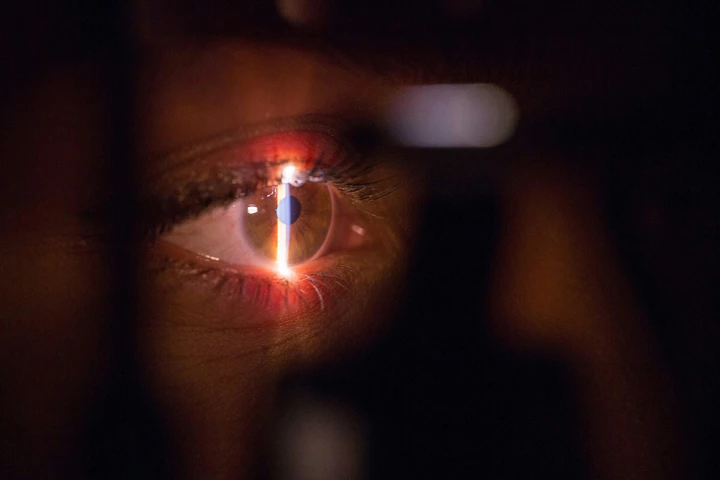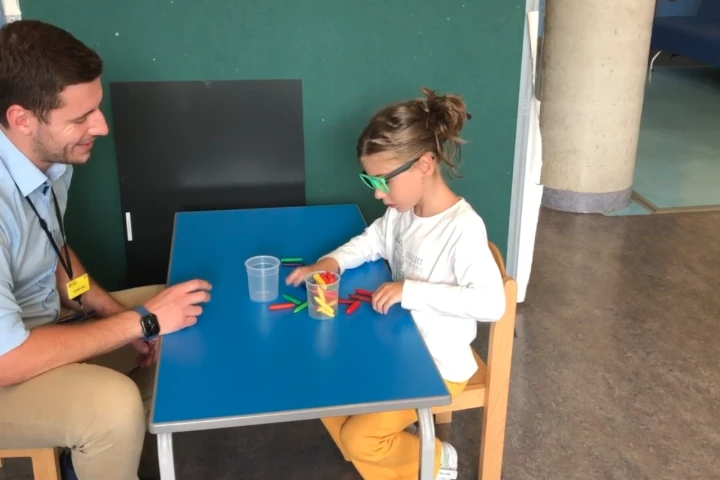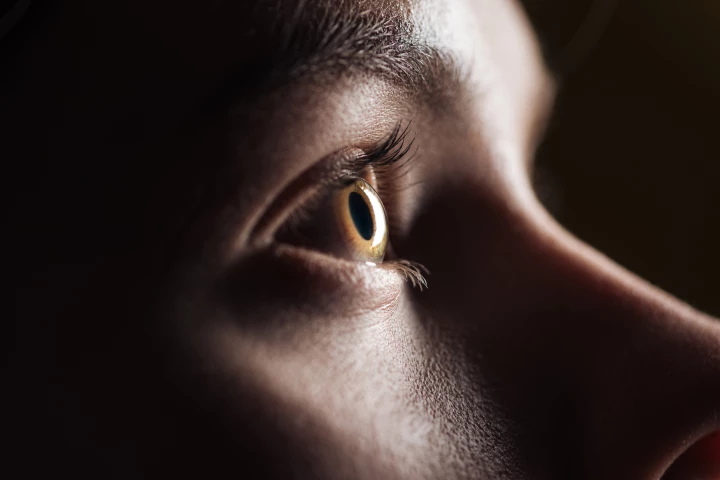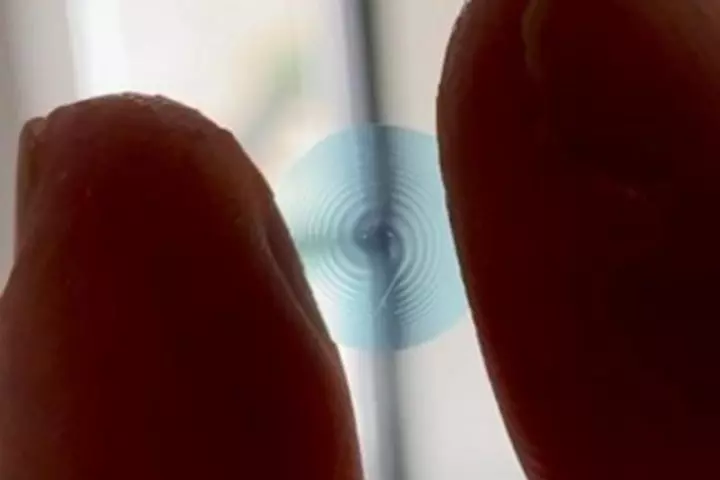Sight
-
A surgical procedure to restore the power of sight to blind patients using their teeth is gaining traction around the world, with Canada opening its first clinic for this treatment. Here's how Osteo-odonto-keratoprosthesis works, and who it's for.
-
Eye injuries that damage the cornea are usually irreversible and cause blindness. But a new clinical trial has repaired this damage in patients thanks to a transplant of stem cells from their healthy eyes.
-
Scientists in the UK have successfully used gene therapy to restore some vision to legally blind children with an inherited retinal condition. All 11 children in the clinical trial saw improvements within weeks of a single surgical treatment.
-
Scientists remain puzzled as to why some people taking popular weight loss and diabetes medications like Ozempic and Wegovy are losing their vision suddenly, highlighting that there's still so much we don't know about this life-changing class of drugs.
-
A clever new set of glasses may offer new hope to people with macular degeneration. By copying the structure of a fly's eyes, the specs are claimed to "fill in" the missing section of the wearer's view of the world.
-
Elon Musk says Neuralink's BlindSight eye implants "ultimately may exceed normal human vision" – but researchers now contend that this is highly unlikely, and new videos show what the world will look like through direct pixels-to-neurons imaging.
-
A popular pill that assists with shut-eye may also help preserve those eyes, with a new study linking melatonin and the slowing of age-related macular degeneration. It's part of a growing body of research into the sight-protecting power of melatonin.
-
CRISPR gene-editing has improved the vision of patients with a form of blindness in a Phase 1/2 clinical trial. The results give new hope to patients with the condition, and show that CRISPR could be put to use in humans to treat a range of conditions.
-
Blinking keeps our eyes moist – but we actually blink way more often than we need to if that was the only reason. Scientists have now found that the involuntary action plays a bigger role than we thought, helping us process visual information.
-
Scientists have developed a new type of lens that creates multiple focal points, which could make for glasses or contacts that provide a clearer view over a range of distances. The secret? Making the lens a spiral shape.
-
In a phase 1 clinical trial, scientists have demonstrated that corneal transplants, grown from a patient’s own stem cells, can successfully restore some vision after an eye injury.
-
A new technique may one day help restore sight to patients with inherited vision impairment. The regenerative therapy works by expressing genes that convert dormant cells into new light-sensing cells in the retina to replace those lost to disease.
Load More











